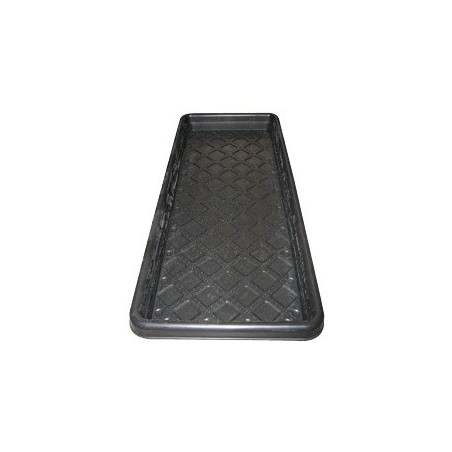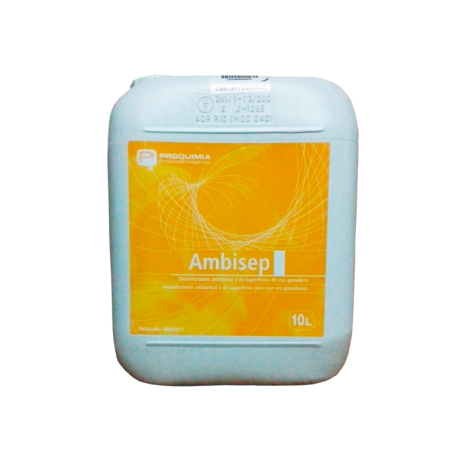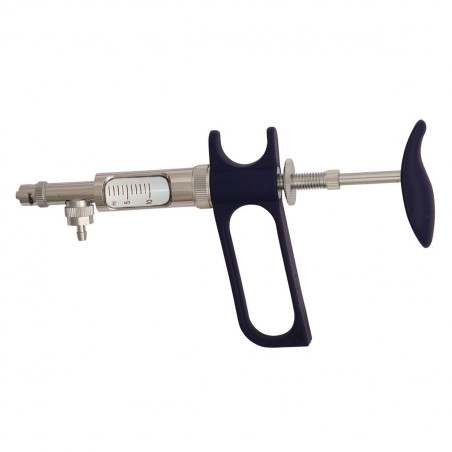The goal of this study was to evaluate survival of important viral pathogens of livestock in animal feed ingredients imported daily into the United States under simulated transboundary conditions. Eleven viruses were selected based on global significance and impact to the livestock industry, including Foot and Mouth Disease Virus (FMDV), Classical Swine Fever Virus (CSFV), African Swine Fever Virus (ASFV), Influenza A Virus of Swine (IAV-S), Pseudorabies virus (PRV), Nipah Virus (NiV), Porcine Reproductive and Respiratory Syndrome Virus (PRRSV), Swine Vesicular Disease Virus (SVDV), Vesicular Stomatitis Virus (VSV), Porcine Circovirus Type 2 (PCV2) and Vesicular Exanthema of Swine Virus (VESV). Surrogate viruses with similar genetic and physical properties were used for 6 viruses. Surrogates belonged to the same virus families as target pathogens, and included Senecavirus A (SVA) for FMDV, Bovine Viral Diarrhea Virus (BVDV) for CSFV, Bovine Herpesvirus Type 1 (BHV- 1) for PRV, Canine Distemper Virus (CDV) for NiV, Porcine Sapelovirus (PSV) for SVDV and Feline Calicivirus (FCV) for VESV. For the remaining target viruses, actual pathogens were used. Virus survival was evaluated using Trans-Pacific or Trans-Atlantic transboundary models involving representative feed ingredients, transport times and environmental conditions, with samples tested by PCR, VI and/or swine bioassay.
SVA (representing FMDV), FCV (representing VESV), BHV-1 (representing PRV), PRRSV, PSV (representing SVDV), ASFV and PCV2 maintained infectivity during transport, while BVDV (representing CSFV), VSV, CDV (representing NiV) and IAV-S did not. Notably, more viruses survived in conventional soybean meal, lysine hydrochloride, choline chloride, vitamin D and pork sausage casings.

These results support published data on transboundary risk of PEDV in feed, demonstrate survival of certain viruses in specific feed ingredients ("high-risk combinations") under conditions simulating transport between continents and provide further evidence that contaminated feed ingredients may represent a risk for transport of pathogens at domestic and global levels.
Dee SA, Bauermann FV, Niederwerder MC, Singrey A, Clement T, de Lima M, et al. (2018); Survival of viral pathogens in animal feed ingredients under transboundary shipping models. PLoS ONE 13(3): e0194509. https://doi.org/10.1371/journal.pone.0194509







